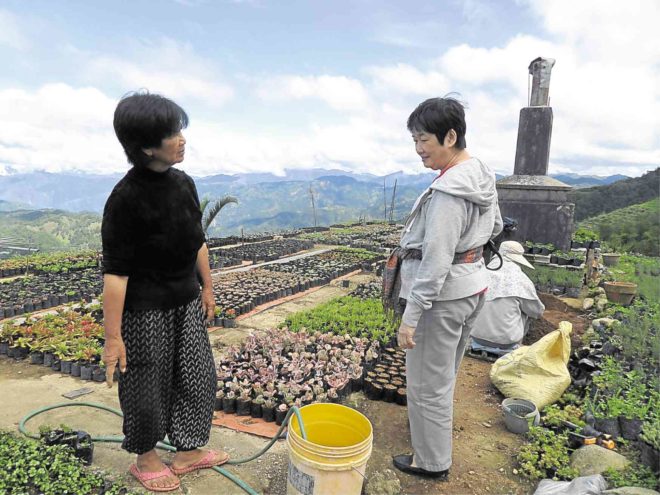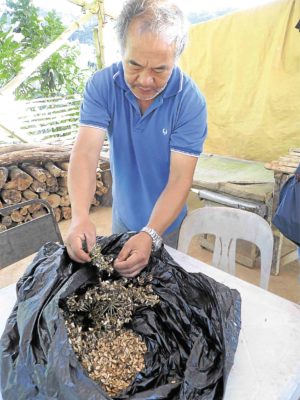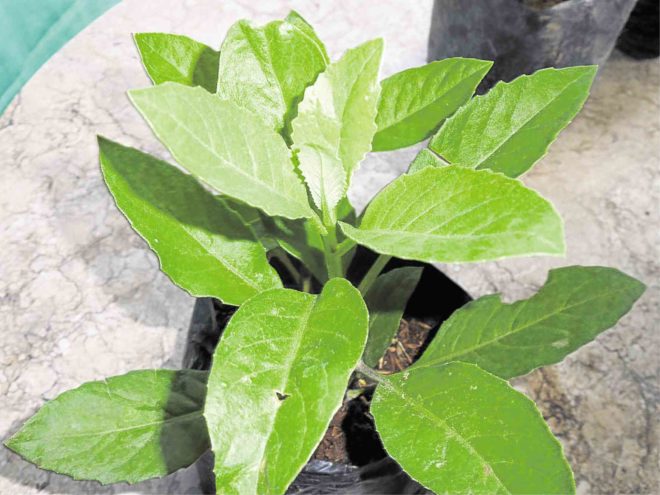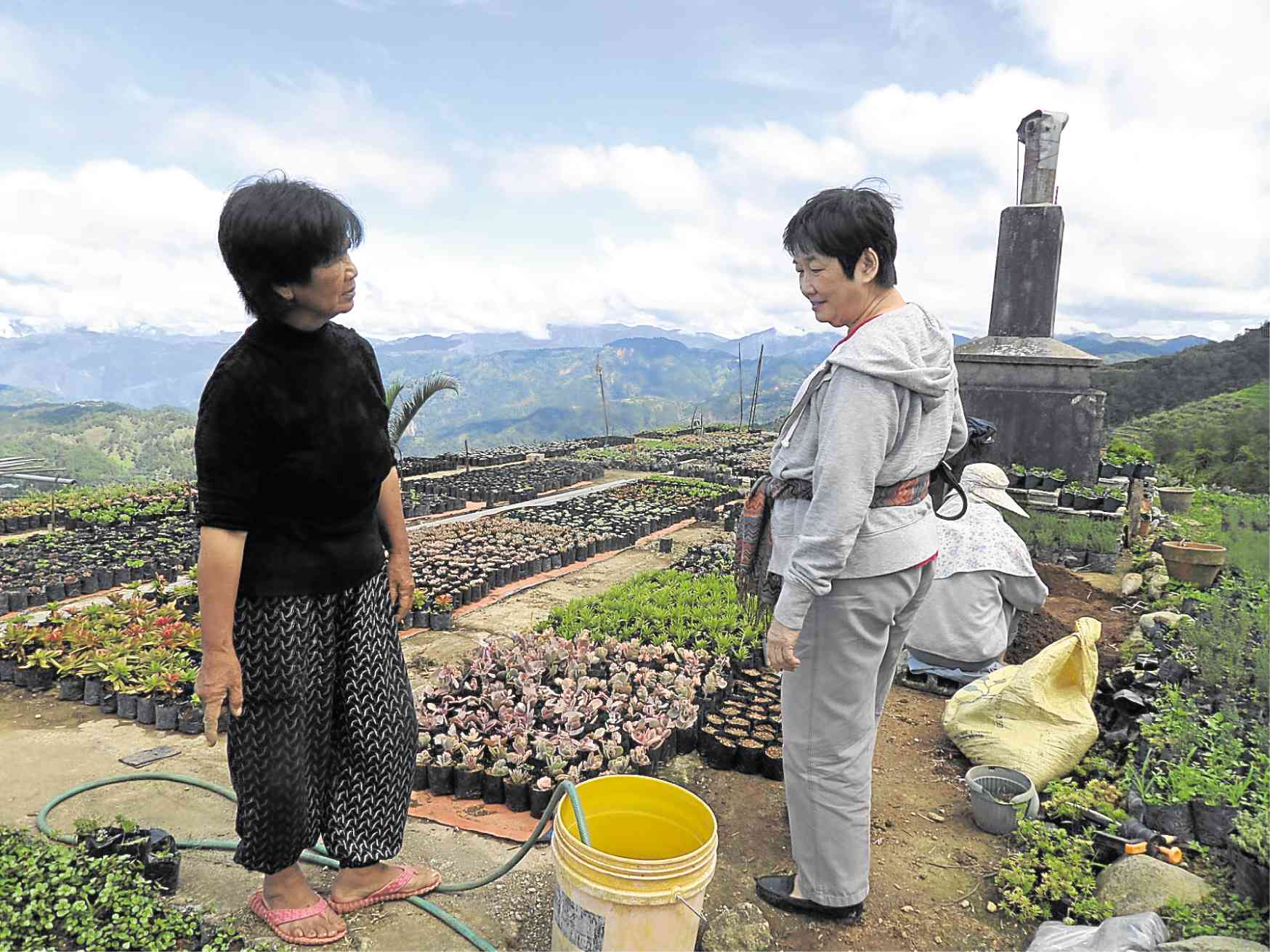

Marvin Chagyo and Stella Kedit of Baguio City have become committed growers of ashitaba, a medicinal plant that has become a popular therapeutic brew for a growing number of Filipinos.
Chagyo and Kedit are growing the real ashitaba—the ones with celery-like leaves—and not the more popular species found in a growing number of Filipino gardens.
Dr. Jaime Galvez Tan says what many Filipinos call ashitaba is actually Gynura.
Chagyo and Kedit are contract growers of Adela Ang, who owns Green 2000, a distributor and retailer of medicinal plants and herbs.
Less labor-intensive
Chagyo says he used to grow strawberry on his one-hectare property but he has now completely shifted to ashitaba, which he finds less labor-intensive but more profitable. He started planting ashitaba in 2013 using some 300 seedlings Ang brought from Taiwan. “I do not have to care for ashitaba as much as I had to for strawberry,” he says. While he had to visit his strawberry plants several times before harvest, Chagyo makes only occasional visits to his ashitaba plantation as it does not require frequent weeding.
Chagyo has familiarized himself with the health benefits of ashitaba via the internet for scientific studies that describe what ashitaba does. He has put together a compilation of his research that he readily shows to visitors curious about the medicinal plant.
Research reportedly shows that ashitaba has chalcones and chalconoids and has antioxidant properties, giving it the potential to fight cancer, bacterial and viral infections. It may be used to regulate blood pressure, stabilize blood sugar, as an aid to weight loss and fat reduction, and for healthy skin and detoxification.
The demand for ashitaba is growing, such that Chagyo has subcontracted its propagation to some neighboring farmers.

Ashitaba starts flowering at six to eight months and produces seeds after a year.
Kedit, whose farm is in one of the highest parts of Baguio, also propagates herbs, in addition to ashitaba.
Both Chagyo and Kedit sell their ashitaba, including planting materials, to Ang who has become the main distributor of ashitaba tea in the country. —Linda B. Bolido













































